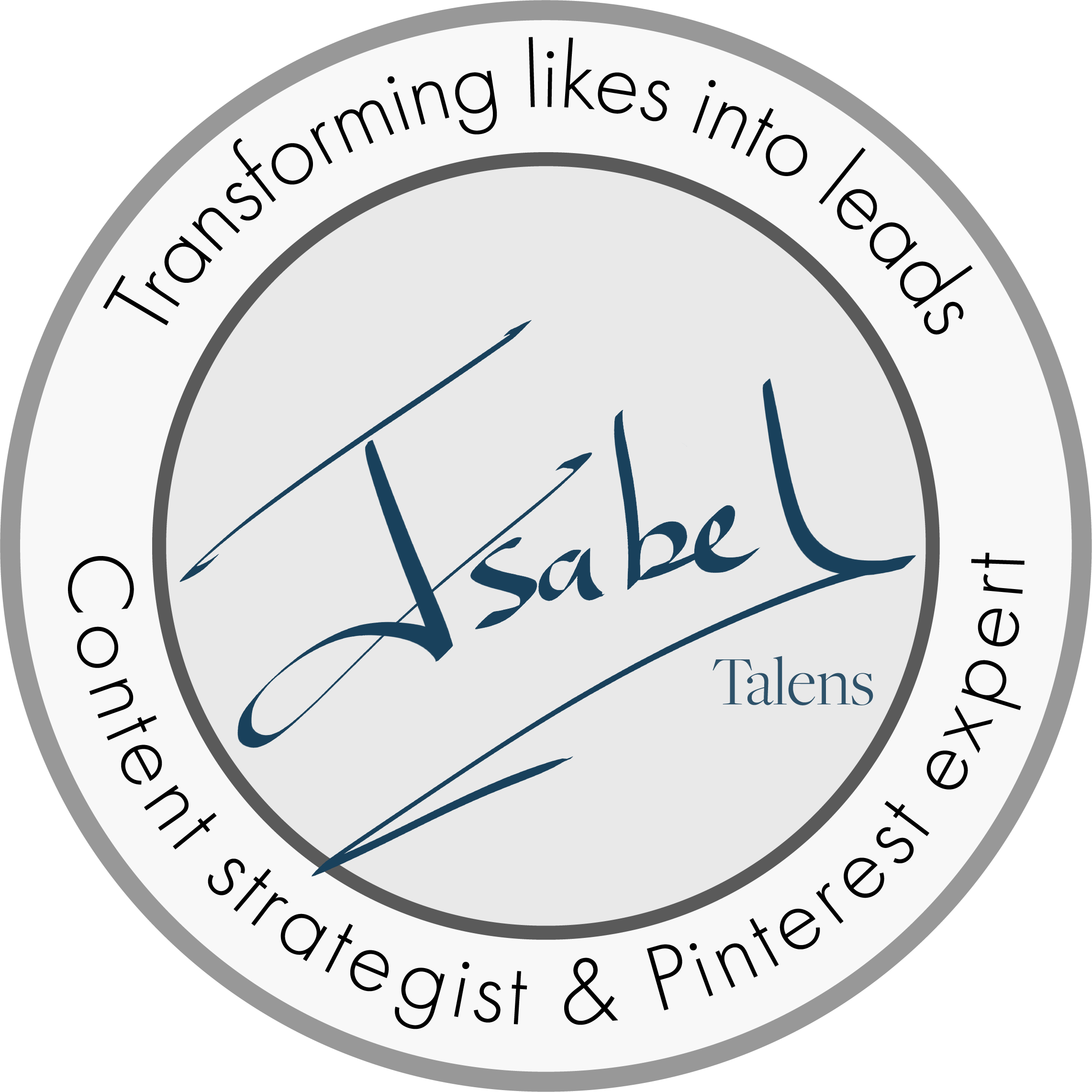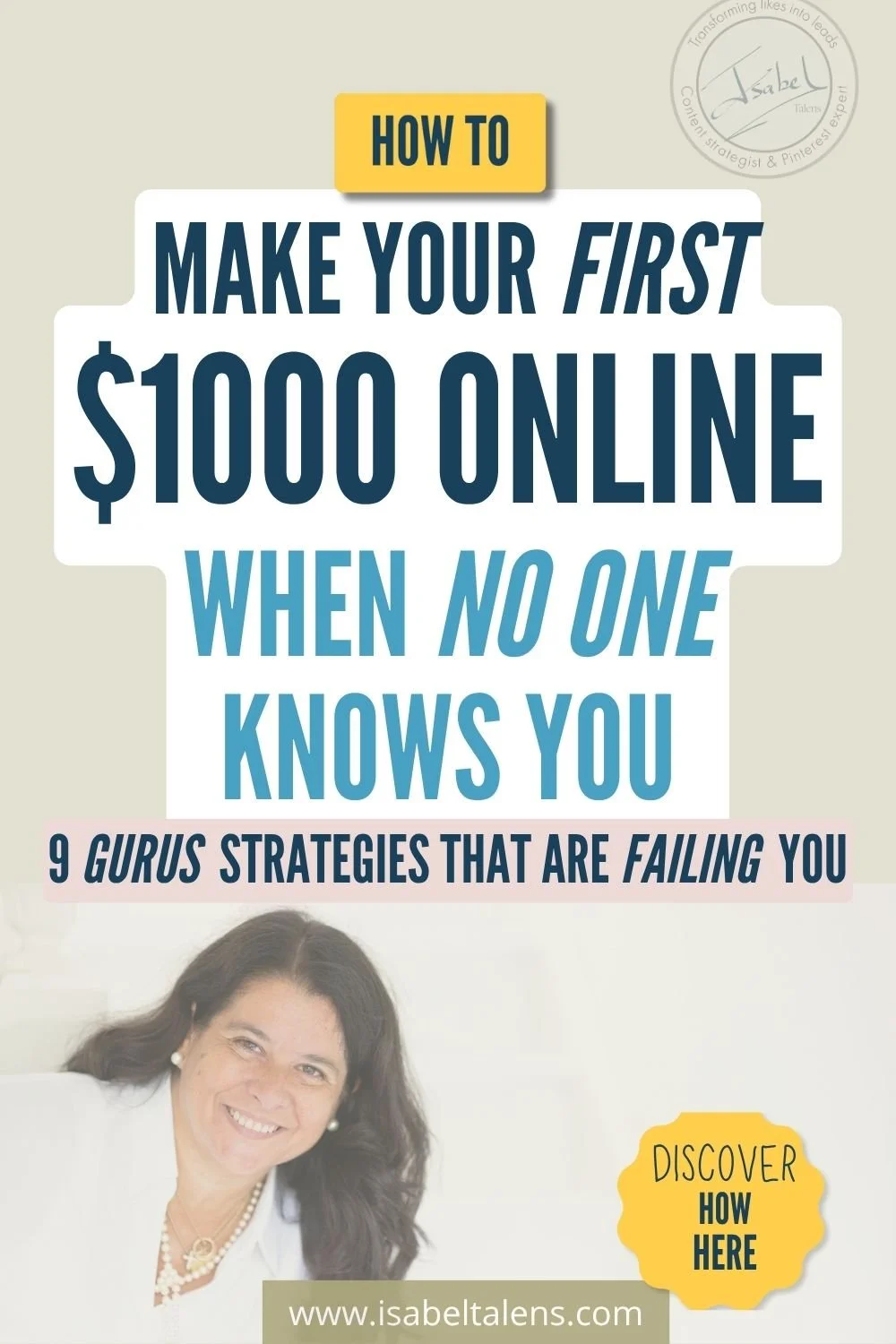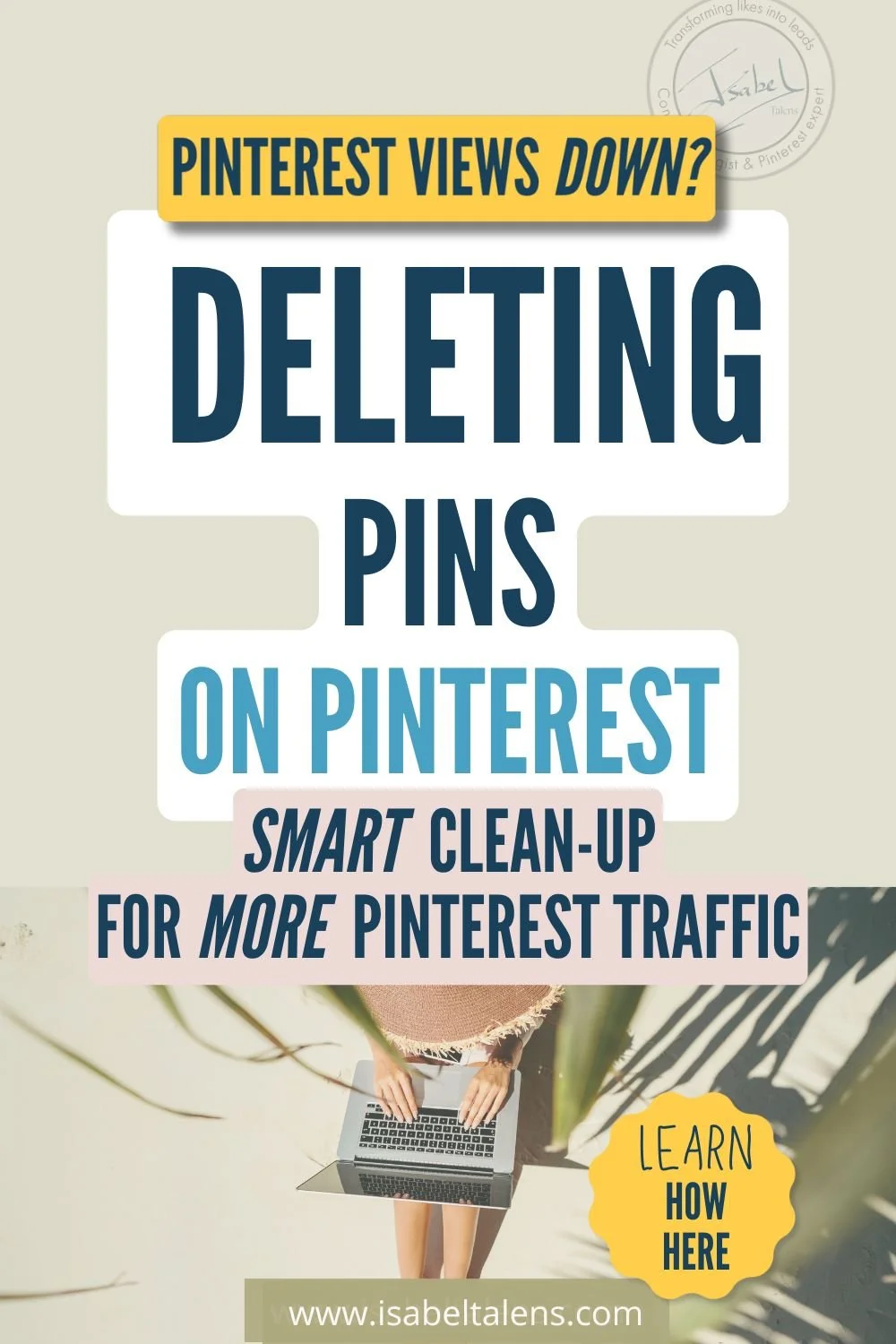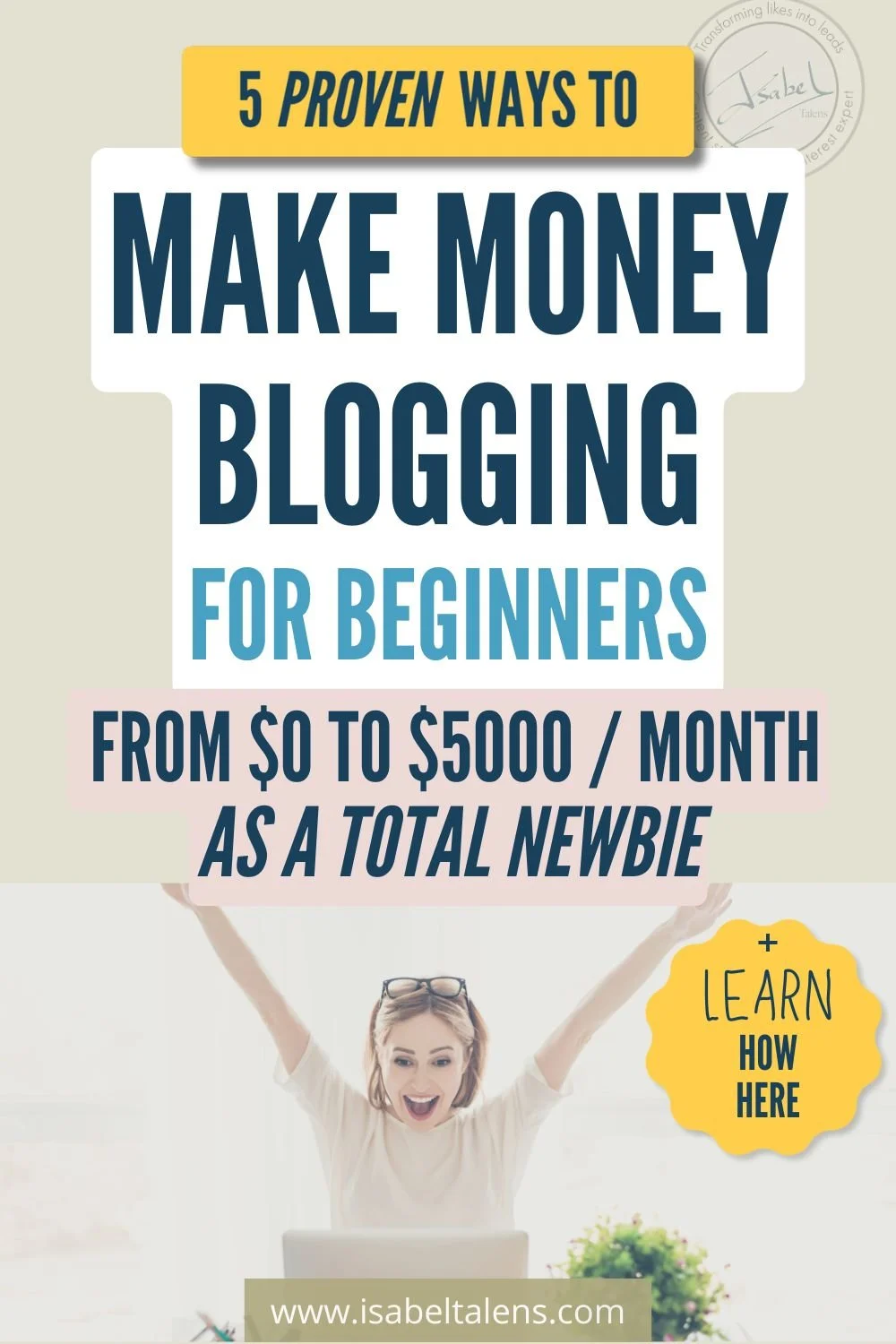#1 Reason why your landing page is not converting (…and Landing page Examples to make money online like a boss)
The must-have to make money online: landing pages that convert but… how to avoid the #1 reason why your landing page is not converting? I’ve got you covered! No more guess work:
Landing pages that convert... easier said than done?
You have spent a great effort developing your product or service.
Hours into researching your market, understanding your ideal customer, talking to them, prototyping, testing, crafting and refining your end product or service.
Then that moment comes when you have to get your sales page done.
Either you rush it...
...or you spent hours on it! Crafting word after word.
Changing the bullets.
Looking at it and changing something again...
And you press save.
Fingers crossed. It has to work.
Tick, tock, tick, tock... you wait for the sales to come...
You were expecting more...
Is it the product? Is it the price? Is it the promotion? Or is it that sales page that you’ve done?
Before you start changing everything at once to get more sales, let’s look at the number 1 mistake that a sales page can have.
And before you delve into this blog further, just a quick comment. I refer throughout the blog to “customers” … in fact they are “leads” before they buy. I prefer however to think about them as customers, because it helps with your own mindset, to put yourself in the customer shoes.
Your landing page needs to address the customer mindset.
Do you know what is the number 1 mistake in designing your landing page?
One that is done very easily.
When you design a product or launch a service, it is very close to your heart. You have spent hours researching, developing, testing, launching and marketing… You are proud and you really want to tell so many things about that thing you’ve created.
And the trap is exactly there.
Most of the time you will start talking about your product in your product landing page.
The What.
There are plenty of landing page examples that cover over and over the product.
And that is exactly what you should NOT do!
At the core of your thinking for your landing page (and by the way during your product creation) is your customer.
Customer first.
What your page needs to address is the customer mindset.
The Why.
So let’s look at the 3 key elements to address the customer mindset to put your customer at the centre of what your landing page is.
1. Outcomes: Your landing page is about the results for your customer, not the product.
The very first to get right in your landing page is what you are promising your customer and how.
Customers do not buy product or services.
They buy results.
Put out front the outcomes for the customer.
Sounds straight forward, doesn’t it? Not putting out front the customer outcomes might sound an obvious mistake and still is an easy mistake to make.
Why?
Because your product or service is your baby. You know it inside out, you are proud of it. You can speak about it for hours.
And here is the trap.
The perspective.
How you are looking at your product. When you write your product landing page, you need to change perspective.
Your landing page is nothing to do with what you want to say about the product, specially at the beginning.
It is about the why, why someone needs it and will be prepared to spend money on it.
Have a look at this landing page example from Affiliate Marketing Superstars. What do you notice?
This page covers the customer struggles and desired outcomes before going into detail about the course she is offering. Notice also the promise in the subtitle.
As you see, it is not that much about the “what” (the product), but about the “why” (the results, the customer reasons to buy).
Let’s recap.
And remember, when thinking of outcomes you need to be thinking about the upside your customer experiences. The example above is a course about Affiliate Marketing, however the outcome the customers seek is the freedom to earn an income while sleeping. The course (the product) is a means to an end.
Your headline matters hugely for your product landing page to convert
Yeah, yeah….
This sounds nothing new…
But do you know this?
8 out of 10 people will read your headline, and only 2 out of 10 will read the rest!!!!
Wow!
That’s why there is so much emphasis in getting that perfect headline.
Let’s look at some landing page examples. I want to show you a variety of styles of land page examples here.
Here is a simple headline that makes very clear Mike’s promise from Stupid Simple SEO (Mike is great for SEO insights by the way!):
He does a great job at spelling out in simple terms the results of his course. He combines this beautifully with a subtitle that appeals at the pain points his ideal client has.
Another approach for headlines, especially among course creators and online educators, is to brand their course with a punchy name. Here is an example from Jenny Melrose for her Pitch Perfect Pro course:
In one simple and striking headline you get the promise of the course. Cool!!!
And here is my absolute favourite coach, Melyssa Griffin, with another branded headline for her course, The Confident Creator. You start seeing the pattern:
a striking headline with your promise and
a sub-title expanding on the outcome and referring to the customer pain points.
By talking about the key customer struggles in the sub-title, they will identify themselves in the landing page.
That in combination with the promise creates the hook to keep on reading the page.
So let’s recap.
Your landing page is going to convert more when you A/B test.
We need to be realistic though!
I know that feeling of looking at a blank page and having to work out the right copy for your headline and subtitle.
Brainstorming works to explore options.
Once you have a set of variations for it, you may want to test them even before your landing page is ready. Use private Facebook groups where you can exchange with others freely to gain their feedback on the promise and subtitle they prefer. It will provide you an initial indication.
The more robust method after this point is to design 2 versions of our landing page to do an A/B test.
A word of caution however. Don’t be tempted to change too many things between each version. Like any good marketeer will tell you, if you change too many things you will lose the ability to know what change work best.
As we know that the title and subtitle are the hooks for the rest of the landing page:
create two different versions for these
look at your analytics after a while to see what is working better.
This can save you plenty of wasted time, disappointments and marketing ads budget if you are investing in ads.
2. Objections: Your landing page is to disprove the myths and mental barriers.
The second component of addressing your customer mindset in your landing page is related to the customer objections and myths.
Address the objections throughout.
Objections are easy ones to forget in a sales page…
One tends to think about all of the positives, not wanting to go any near the trickier questions.
Objections are true brakes to move forward. They are the enemies of a product landing page.
It is a great idea to spend time thinking about and researching your ideal customers objections. Even better, to have discussion with your customers to understand it directly from them.
You get the drill. This is just a sample of some of the gremlins that customers may have in the back of their heads.
Your job in a landing page to appeal to their mindset is to surface them and address them in a positive way. Then you start to really create impact.
Pat Flynn does a great job at addressing objections about podcasting in his product landing page for Power-Up Podcasting 2.0. Here is an example:
You see how he addresses directly one of the big myths of podcasting (that it is hard) and reassures you by explaining how his course will make it truly achievable.
You can also achieve the same result through testimonials. Here is another landing page example from the same course:
The above testimonial helps people demystify podcast and stop thinking only young people can succeed in it. By addressing this objection, he has widen his leads significantly! Super smart!
And before you move on, let me challenge you!
Are you sure you truly understand the objections that are on the back of the people reading your product landing page? Review the objections you cover today and explore what are you missing.
This is an area that is worth spending time to understand so that you get it right.
Avoid weak testimonials or not having testimonials at all.
And talking about testimonials, let’s get this right.
First of all, not all testimonials are equal.
Obviously, there is always the challenge of having testimonials when you are starting.
You can always give access or provide your product for free to a few selected people so that you can gather testimonials. In the process, you will also get feedback about your product, which will be super valuable to create a product that people really want. And it will give you some of the language to use for your copy too!
Let’s look at landing page examples for testimonials in Graham Cochrane landing page for his Automatic Income Academy (by the way, his free workshop is great!):
All these testimonials are super specific and demonstrate the tangible results.
You can also see here a completely different style of testimonials by Marie Forleo, for her B-school.
How you decide to present your testimonials, their style, is up to you, to the type of audience you have and your brand.
3. Emotions: Your landing page is all about mobilising your customer inner self.
Align your landing page voice to your ideal customer.
One risk we all run these days is too much reutilising what others have done as a time saver.
There are so many softwares that offer pre-done landing pages. It is very tempting just to do the minimum effort and reuse it all.
Don’t.
The reason is that the end result will not be you.
Adapt them to use your own words, your voice.
Your landing page is a way to address your customer mindset… but it is very difficult to get there if your voice is not the right one.
So when writing your product landing page imagine that you are in fact talking to someone. Your ideal customer.
There is some pre-work needed before you launch yourself into writing your product landing page to understand how you connect best with your customer.
This is where a blog helps a lot, because the process of writing helps you develop your own style. The same is true with showing up in social media. It helps you find the right tone that drives engagement.
Let’s look at a great online educator who has developed a very distinct voice and language to connect: Jenna Kutcher. Nothing better than looking at her landing page examples to notice how she has so masterfully created a written style that sounds like she is talking to us, as a friend.
She wants to connect as a friend. If you have ever listened to her podcast, she actually addresses her audience like “my friend”. The language in her landing page is coherent with her brand and positioning to get to her customers mindset.
While your landing page is sales copy, it is better to approach it as a conversation with a person to get a meaningful connection going.
Emotions always win: storytelling is great.
The whole point about avoiding the #1 mistake in a landing page is to appeal to your customer mindset.
For this, emotions always win.
I know. It is not that easy. A landing page is a sales tool. How to create the emotions.
You have seen it just before, you have plenty of elements that create emotions in a landing page like the type of language you use…
The most powerful way to create emotions is storytelling.
Personalise your Call to Action (CTA).
One element that can helps create emotion is your call to actions.
Craft your calls to action to make them personal.
Change the labels of your button from “Buy now” to something more personal.
Here is my own example in for my webinar templates:
This is a more subtle way to appeal to emotions and make the landing page personal to the customer. You are surfacing the customer inner voice to buy.
Create the differentiation using your own story.
A common mistake in landing pages is to be too bland in your profile section.
Your product landing page should include a section about you so that you make the buying experience more personal and you reinforce your credentials to sell what you are offering.
It is a common mistake just to write a bio that covers too many things about you but forgets the most essential: the elements about you that make you so important for what you are offering.
The opposite mistake is not to include a section about you.
More and more in the online world, the buying decision is made not just on the product you are selling and the promised results, but importantly based on you. The fact that it is you who offers it. Your story matters. So always include a section about you.
Here you have a great example from Megan Martin:
You can see how she shares credentials in terms number of students, subscribers and so on. Note also the language she uses: very fresh and personal to establish a great connection.
Be clear about your "why".
As you are seeing, your landing page is really about reaching your customers mindset.
And if you think about it, there is one thing that really influences this.
The Why.
The Why you do what you do. What is business mission. Not ‘what’ you offer, but ‘why’ you offer it.
The answer isn’t just ‘to make money’.
This should be something in your business elevator pitch. Let’s look at landing page examples:
Her business ‘why’, her mission, is very, very clear and is included very early on in her Meet Your Coach section of her Aligned Abundance Mastermind landing page: “teaching people like you how to live an abundant and limitless life”.
Here is Marie Forleo in her landing page for her ebook “Make Every Man Want You”:
So to sum up, the number 1 mistake in a product landing page is to focus on the “what”, the product, first instead of concentrating on the “why”, appealing to the customer mindset.
Your BONUS tip: Maximise your revenue potential.
Yes! Here is an important bonus tip. Are you sure that your product landing page is maximising your revenue?
Are you leaving money on the table?
Here are a few important considerations:
Are you under pricing your product? If it is too cheap, you are in fact reducing the perceived value.
Not having a down-sell offer.
Not having an up-sell offer.
Giving too many options.
Your landing page is also a door into other potential products. So create funnels that offer down-sells and up-sells depending on whether or not your page visitor has bought or not. This can help you secure revenue than otherwise will not exist if you stop your sales funnel with only one page.
You also have the alternative to offer various products and price points within the same landing page. It can really work well. It gets the mind thinking which one you want versus a yes/no option.
Here is my absolute favourite photography online educator, Serge Ramelli, offering a range of bundles, to maximise revenue:
It is a psychological approach to pricing when you provide various options, as it draws the choice to the middle-priced option.
If you only have 5min, read this!
Landing pages... and that headache of how to make then convert...
Through out the blog above you have plenty of examples and do’s and don’t to guide to have a landing page that converts. Below is a very quick summary of how to avoid the #1 mistake in landing pages: not addressing the customer mindset, their “why”.
1. Outcomes: Your landing page is about the results for your customer, not the product
To reach your customer mindset: your product promise is essential.
When covering the promise, refer to the pain points, the struggles your customer wants to solve.
Your landing page success depends on the strength of your headline, where your promise is.
To maximise your conversions, A/B test your landing page to see what works best.
2. Objections: Your landing page needs to disprove the myths and mental barriers.
Address the objections throughout.
Avoid weak testimonials or not having testimonials at all.
3. Emotions: Your landing page is all about mobilising your customer inner self.
Align your landing page voice to your ideal customer.
Emotions always win. Storytelling works great.
Personalise your Call to Action (CTA)
Create the differentiation with your own story.
Be clear about your "why".
Your BONUS tip: Maximise your revenue potential
Don’t underprice your product. If it is too cheap, you are in fact reducing the perception of value.
Have a down-sell offer.
Have an up-sell offer.
Consider providing 2-3 pricing options instead of just one. This helps get out of a yes/no mindset to buy.
But don’t give too many options.
What next?
To be super honest, this is not difficult at all to implement.
So time to have a look at your landing pages and see what you can optimise! You’ve got this!
And if you haven’t done one yet, have a go! It is fun.
Please, don’t forget to tell me:
As with any of my posts, a HUGE thank you for being with me until the end of this post.
It is an absolute privilege to know that you read and find value in my blog!
Don’t forget to get your Free Visuals Collection if you have not got it yet to help you with free Canva templates as well as styled photos and video for business use*.
Hi! I’m Isabel
Visual content creation is my passion
The sea is my happy place!
For years and years I have created and produced content, in particular visual content. You can find me very often with my cameras and tripod out and about!
My passion: to help you with your online presence and drive business growth through my blog and visuals collections (marketing templates, styled photos & video).
Ah, I have also worked for 24+ in the corporate world, leading quite a mix: transformation, marketing, coaching, sales, productivity, programme management, investments and product management.
I love sharing all these skills with you in my blog.
I am also founder of Agavea Properties, our family holiday rental business. My husband and I lead it with the passion with one goal in mind: serving our customers to create a memorable holiday experience for them.
So there you have it, that’s me! Ah... I almost forgot, my happy place is by the sea.
Thanks for being here with me!














































